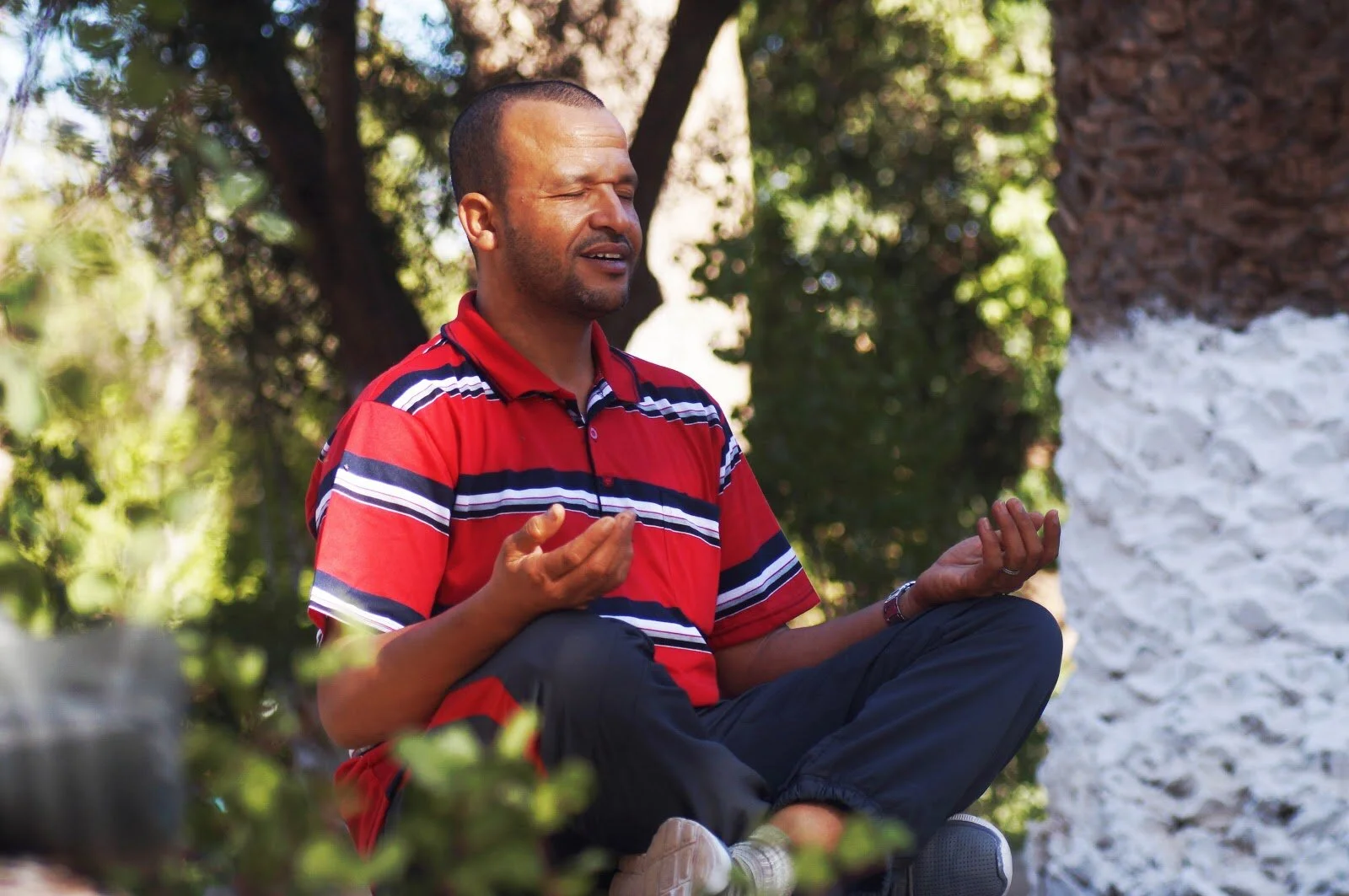Open Heart Meditations engage regions of the brain involved in sustained attention and emotional processing (Hoffmann et al., 2011). These practices alter frontal alpha asymmetry in a direction associated with more positive emotion (Moyer et al., 2011).
Appreciation and gratitude are good entry points for people attempting to access a positive emotional state.
Most television programs (including the news) are written to stir powerful uncomfortable feelings. This is a tactic to keep your attention and it works! Unfortunately, the brain responds to these images and messages by initiating a stress response. Even if the images and stories are clearly false, the brain often responds as if it were true.
Read More“I have generally appreciated the term, Automatic Self-Transcending as it directly implies that this type of consciousness is “automatic,” meaning it cannot be achieved through effort-it happens on its own. This is so important, as many people attempting to engage in this style of meditation try to push their thoughts away (which doesn’t work). Instead, it is a process of allowing yourself to drop below the level of normal consciousness.”
Read MoreIn the following webinar released last year by Dr. Jeff Tarrant, Director of the NeuroMeditation Institute, explores the physiological underpinnings of stress and the challenge of finding the right balance between an over and under aroused nervous system along with strategies to help find that balance.
Read MoreIn Qigong practices, most of the meditation is done from a standing position. Standing to meditate can be particularly helpful for those who tend to fall asleep if they sit still for too long. Standing meditation is also a way to develop attention to detail as well as self monitoring.
Read MoreThe space between a situation and our reaction is sometimes referred to as a “mindfulness wedge.” By interrupting our automatic hurt or anger that we often feel in certain situations, we create an opportunity for something different: a more honest, appropriate, and authentic response to emerge.
For this exercise, you will need a pencil and paper.
Do you think you can catch every thought that occurs? Is awareness of bodily sensation a thought? How many of your thoughts are the same thought repeating itself? Do you think in images, or words?
Read MoreMany beginning meditators feel awkward and uncomfortable meditating at first. They see pictures of beautiful people in yoga magazines with full-blown meditation studios, and the idea that you must have these surroundings to successfully meditate begins to form.
An element of spiritual materialism commonly creeps in.
Read MoreThe mind automatically creates stories about the people and events in our lives. These stories are almost entirely works of fiction based on our habits of thinking, our fears, and our childhood imprints. These stories reflect our subconscious programming, which very often is in control of our lives.
The following exercise uses a thinking routine to challenge the storyteller.
Just because a meditation practice is easy, does not necessarily mean it is the best one for your brain. Anything worthwhile takes effort. If you are looking to engage in meditation to rebalance the brain, the practice may be difficult. You are asking your brain to do something new, to change its old patterns. This is not likely to be easy. Meditation is work.
Read MoreOne of the physical manifestations of depression is a caved chest. This appears to be a way that the mind-body naturally attempts to protect the heart. Unfortunately, this pattern can often become habitual, leading to defensiveness and an inability to feel positive feelings.
Read MoreFor those who have difficulty experiencing positive feelings, opening the heart can be very uncomfortable.
If you struggle to find something to feel grateful for, thinking of a memory to serve as a positive emotional anchor can be useful.
Shifting the body can help the brain shift, too. Researchers exploring the relationship between mood and the body have found that walking in an erect posture and skipping tends to increase subjective feelings of energy and positive emotional states. In contrast, a slouched posture may decrease feelings of energy and increase negative emotions (Peper & Lin, 2012; Nair et al, 2015).
Read MoreWe think that somehow attempting to predict problems will alleviate stress. At the very least, we won’t be disappointed if things don’t work out the way we wanted. The reality is that the majority of those thoughts are fear-based stories that create an internal environment priming our brain to be stressed and anxious.
This is where mindfulness comes in. Can you become aware of the stories you are telling yourself in any given moment? Can you recognize that your thoughts are not facts? When you are unaware, you act out of habit, and old programming runs the show. When you are aware, you have a choice.
Meditation can be thought of as a form of mental training. It is a skill (or set of skills) that allow us to intentionally direct our attention in ways that challenge the automatic and habitual ways that the mind tends to engage. Just like any skill, getting good at meditation requires practice. Unfortunately, practice is hard. Unless you were lucky enough to be born with a rock-solid will it is tempting to put aside this practice when we feel stressed, pressed for time, or simply bored with doing the same thing day after day. Here are 5 tips to help you stay consistent with your practice:
Read MoreThe speed of life continues to increase, and we are inundated with information and expectations that we should always be available by phone, text, or social media.
Many people use a frantic lifestyle as a distraction so they do not have to experience underlying feelings of sadness, grief, remorse, or fear. One of the most powerful practices to begin to shift out of the fast-paced stress mode is to slow down.
Do you ever feel anxious when doing relaxing activities like yoga, meditation, or getting a massage?
If you answered yes, you are one of the 15%-20% of people who experience anxiety during formal relaxation training.
When we breathe in, our heart rate increases. When we breathe out, our heart rate decreases. When we breathe at our resonant frequency, the heart and lungs synchronize. For most people, this synchronicity happens around 6 breaths per minute.
Breathing this way for 10-15 minutes causes a decrease in stress hormones (cortisol) and an increase in restoration hormones (DHEA). The brain regions involved in stress responses also begin to quiet down. Our entire system begins to change. Simply put, our breathing changes our state of consciousness
Find Relief from Ruminating Thoughts Using Focus Meditation.
If you or a client are experiencing ruminating thoughts as part of depression, relief may be found in a Focus meditation that shifts attention away from the ruminations.
Postponing unwanted thoughts gives them a time and place, helping keep them at an appropriate scale. When you find your mind ruminating on unwanted thoughts, find a 30-minute block in your calendar. Schedule a time to sit with these thoughts.
Read More



















